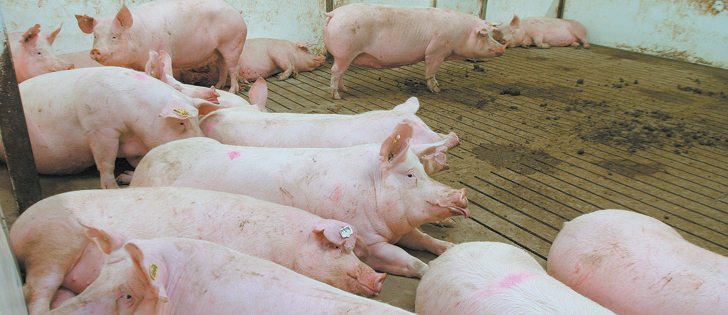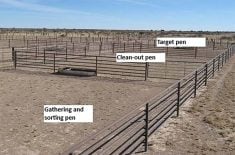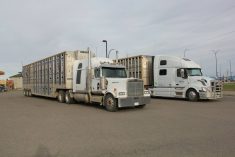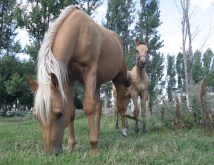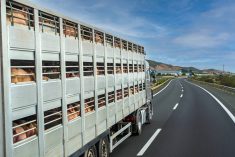Dr. Darrell Dalton used to teach his clients about improved animal health while working on their horses.
These days, those informal chats include reminders about improved animal welfare on the farm.
Dalton is the interim registrar for the Alberta Veterinary Medicine Association. Part of his job is working with groups such as Alberta Farm Animal Care, which educates producers about improved welfare on farms. He is also a member of the National Farm Animal Care Council committee that is updating codes of practice for livestock sectors.
Read Also

More work wanted on removing red tape
REGINA — Canadian farmers risk falling further behind competitors if two main federal agencies don’t become more efficient and responsive…
“When I went to school, we weren’t even taught about animal welfare,” he said.
Now it is part of the curriculum at veterinary schools and mirrors the change in producer attitudes that evolved from resistance to acceptance of new animal care models.
“Things that were normal or standard practice in even veterinary practice 30 years ago, we would never do today,” he said in an interview after the AFAC annual meeting in Calgary March 22.
Jim Reynolds, a professor of veterinary medicine at Western University in California and a professional animal welfare auditor, said he often makes recommendations to producers that go unheeded.
U.S. retailers and the food service industry are reinforcing change by demanding animal welfare audits of suppliers.
Four main audit systems are used in the United States and mostly follow the American Meat Association’s animal welfare guidelines.
Reynolds said Canada’s codes of practice are excellent, but he wondered how closely they are followed or enforced. He said Canada may have better luck enforcing improved animal care on dairy farms because of the supply management system.
“It would be more enforceable here because of the quota system, and it would be a much quicker step to say, ‘if you don’t meet these standards, you can’t sell milk,’” he said after the AFAC sessions.
Farms can expect more audits and assessment for many aspects of the business. Many other businesses are already subjected to this.
Reynolds said retailer perceptions of what consumers want may actually result in overly high standards.
“Consumers’ bar isn’t too high,” he said. “They don’t want to know how these things are raised. They don’t have to be confronted with animals being treated badly.”
He said many producers and companies want the best practices possible because they believe it is ethical, but old practices die hard.
“There is a resistance to a real objective observation of what we do on the farm.”
Confinement housing systems are under attack, but painful procedures such as tail docking, dehorning and castrating must also be addressed.
Producers argue that it takes too long to give animals a pain killer and that animals do not feel much pain anyway, but that is wrong, he said. These procedures do hurt, and the pain should be alleviated if possible. He also said farms can do this and remain efficient.
“The beef guys are the hardest ones because they just don’t want to change, but sooner or later people are going to make them.”
Reynolds said a culture of good welfare is needed on farms.
“By and large we always think we are doing the right thing and when somebody else is doing something wrong, we don’t put ourselves in the same category.”
New research is assessing what is going on in an animal’s mind and whether it is happy or content.
“They are sentient. There is no doubt about that,” he said. “Welfare is a combination of facilities and people. We want the animals to have certain abilities to express their behaviour. We want the housing not to cause pain or distress to animals.”
Producers may have to work harder to meet new standards and face considerable expense for major infrastructure changes such as retrofitting hog barns containing gestation stalls to open systems, he said.
Smithfield Foods, which is retrofitting barns, posted losses of $300 million last year and still has to produce pork that sells for the same price that it did before the changes were made.
However, Reynolds said change is not related to the size of the farm.
“It doesn’t matter about the size. It is dependent on the owner’s values and attitudes.”
However, he said more animals are hurt if a systematic mistake is made on a large farm.




